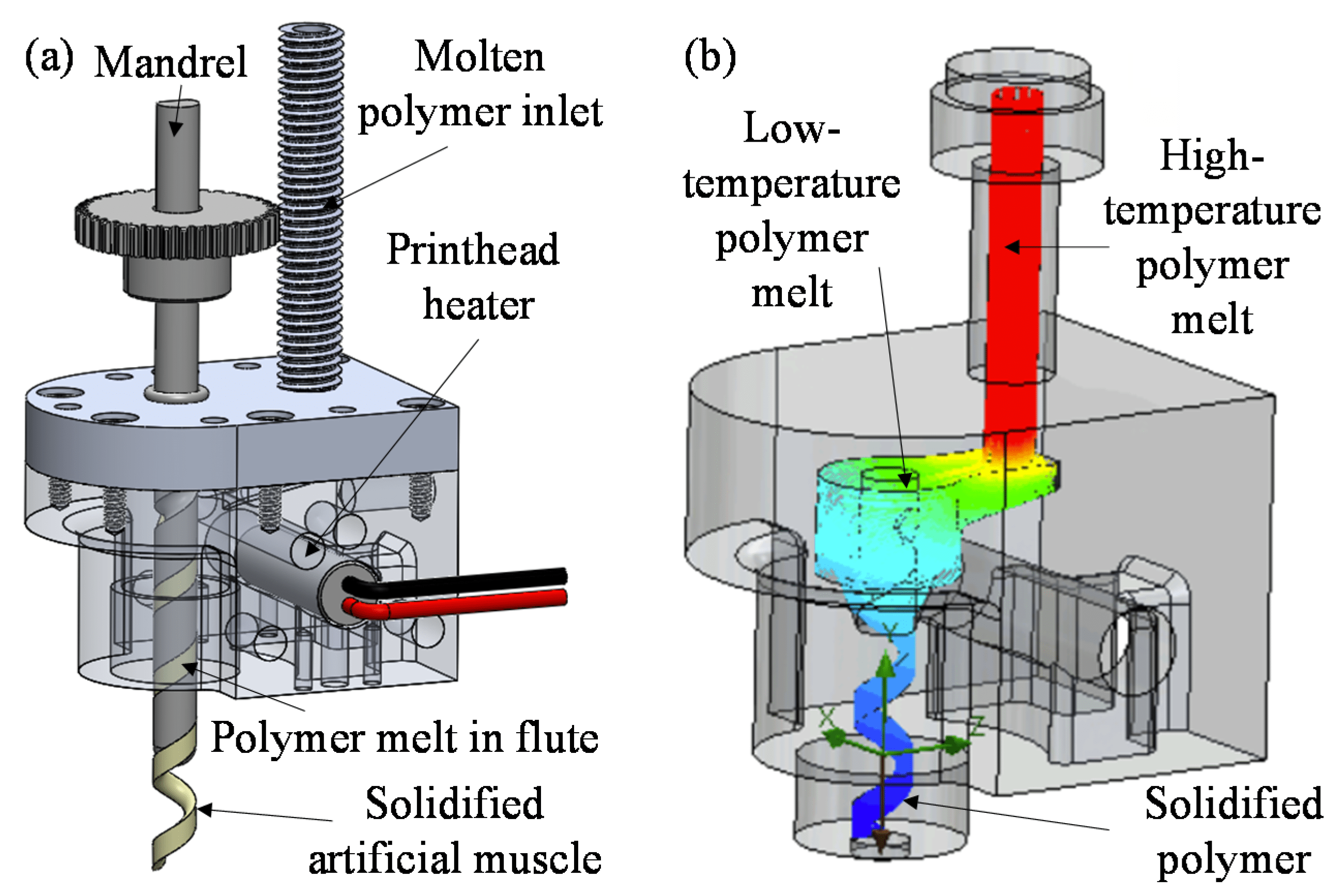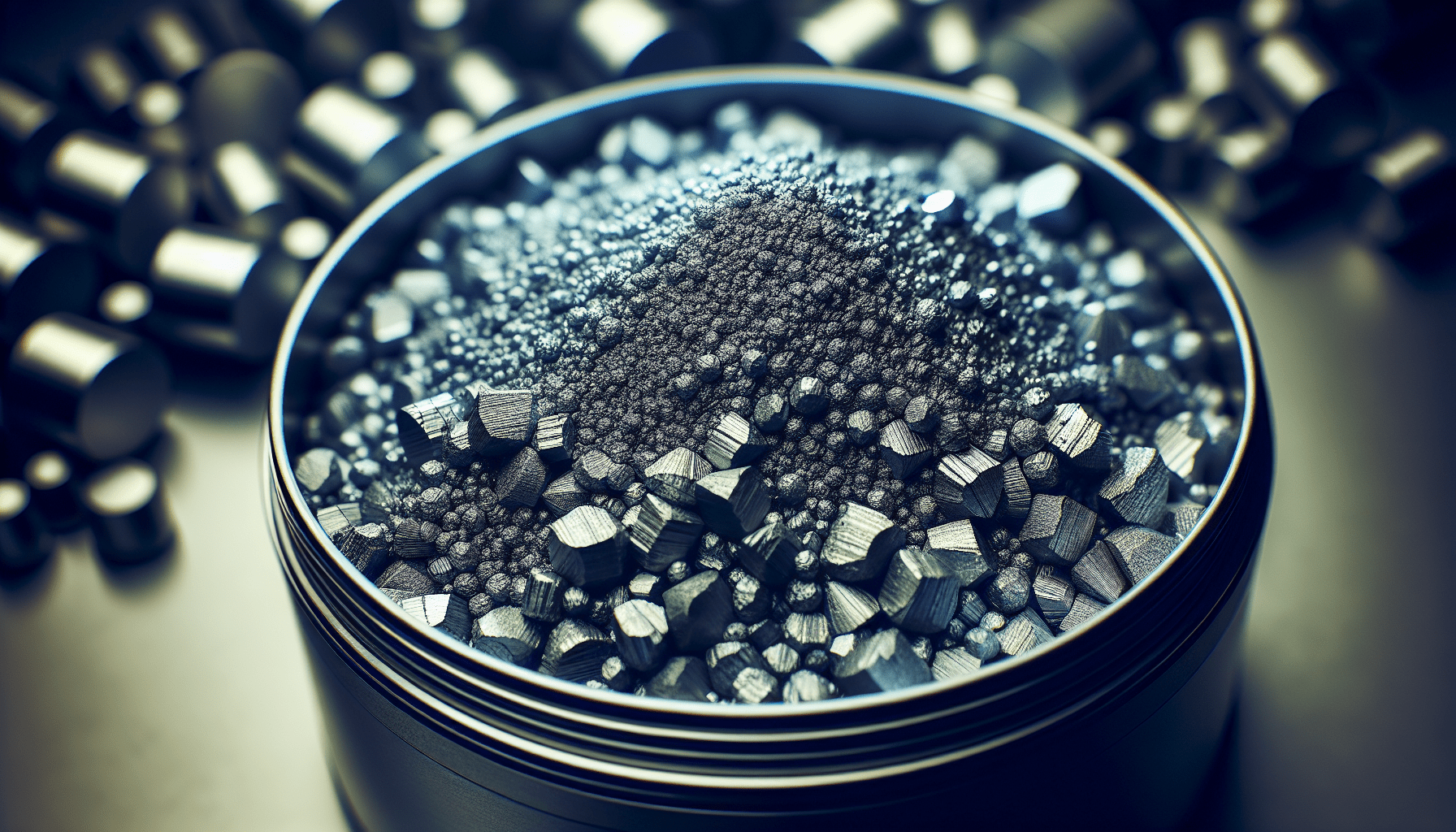ELEGOO Mars 5 Ultra 9K Resin 3D Printer, 150mm/h High Speed Printing, Smart Automatic Leveling, Intelligent Detection, WiFi-Transfer, Printing Size of 6.04 x 3.06 x 6.49 inch
$284.99 (as of June 19, 2025 23:45 GMT +00:00 - More infoProduct prices and availability are accurate as of the date/time indicated and are subject to change. Any price and availability information displayed on [relevant Amazon Site(s), as applicable] at the time of purchase will apply to the purchase of this product.)Have you ever wondered how scientists are pushing the boundaries of material science in construction? The latest advancements showcase just how much innovation is transforming our world, especially when it comes to enhancing the resilience of building materials. One such breakthrough involves researchers improving crack resistance in 3D-printed concrete (3DCP) components, demonstrating significant strides in additive manufacturing (AM).

Buy Photon Mono M5 Get Free 1KG Resin
Understanding the Breakthrough
Key Insight from Princeton University Researchers
Researchers at Princeton University have recently presented a study that takes inspiration from nature to considerably enhance the crack resistance of concrete components. Their novel designs can improve crack resistance by an impressive 63% compared to traditional cast concrete. This advancement offers promising implications for the future of construction and materials science.
The Role of Natural Inspiration
The researchers drew inspiration from the double-helical structures found in the scales of an ancient fish lineage known as coelacanths. This benchmark in biology demonstrates how clever architecture in nature can enhance material properties like strength and fracture resistance. Utilizing similar architectural principles, the team applied these ideas to concrete, marking a significant leap forward in material engineering.
The Double-Bouligand Architected Concrete
Creating the Structure
The design proposed by the Princeton team involves arranging concrete into individual strands in three dimensions. Each strand is weakly connected to its neighbor, a setup that offers not just structural integrity but also flexibility. These strands are combined into large shapes—such as beams—by slightly altering the orientation of each stack, creating a double-helical arrangement. This configuration is crucial for increasing the material’s resistance to crack propagation.
Mechanisms of Toughening
This advanced design introduces a phenomenon known as a “toughening mechanism.” The technique relies on several mechanisms:
- Shielding Cracks: Preventing cracks from forming.
- Interlocking Surfaces: Ensuring fractured surfaces interlock.
- Deflecting Cracks: Changing the direction of existing cracks to minimize damage.
These combined mechanisms contribute significantly to the overall durability and resistance of the material.
Robotic Additive Manufacturing
The architectural precision required for this material necessitates the use of robotic additive manufacturing (AM). Robotic systems allow for high geometric fidelity, a crucial factor when creating structural components like beams and columns. By automating the process, the researchers ensured the intricate double-twisting architecture was accurately implemented.
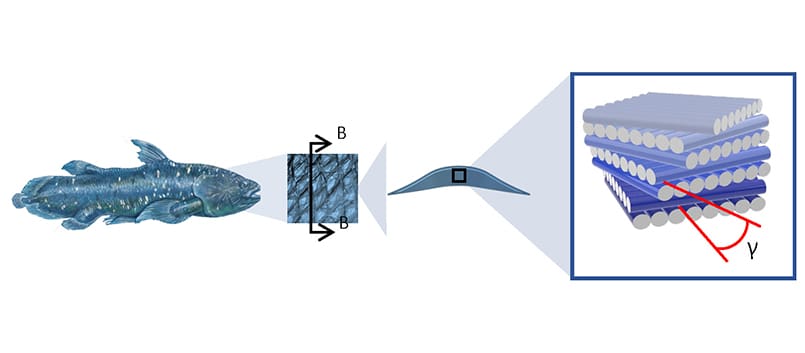
$30 off $400+ Anycubic Products with code AC30OFF
Overcoming Fresh Concrete Deformation
Addressing Weight and Deformation
One of the challenges the researchers faced was the tendency of fresh concrete to deform under its own weight during the printing process. This deformation can compromise the geometric precision of the structure, ultimately affecting its performance and durability. The researchers mitigated this issue by better controlling the concrete’s rate of hardening.
Innovative Extrusion System
A two-component extrusion system was developed and implemented at the robot’s nozzle, combining concrete and a chemical accelerator. This setup allows the accelerator to be mixed with the concrete right before extrusion, expediting the curing process and maintaining structural control. By precisely calibrating the amount of accelerator, the risk of deformation in the lower levels of the structure is minimized, ensuring geometric precision.
The Broader Impact on AM and Construction
Supporting Contributors
This groundbreaking research involved the efforts of Princetons’s own Arjun Prihar, Shashank Gupta, and Hadi Esmaeeli, and was supported in part by the National Science Foundation CMMI Advanced Manufacturing Program. Their combined expertise paved the way for these significant advancements.
Implications for the Industry
The implications of these advancements extend far beyond academic research. The improvements in crack resistance and the utilization of nature-inspired designs in construction materials offer the potential for more durable, long-lasting structures. The application of robotic AM also sets a precedent for future projects, highlighting the importance of automation and precision in modern construction techniques.
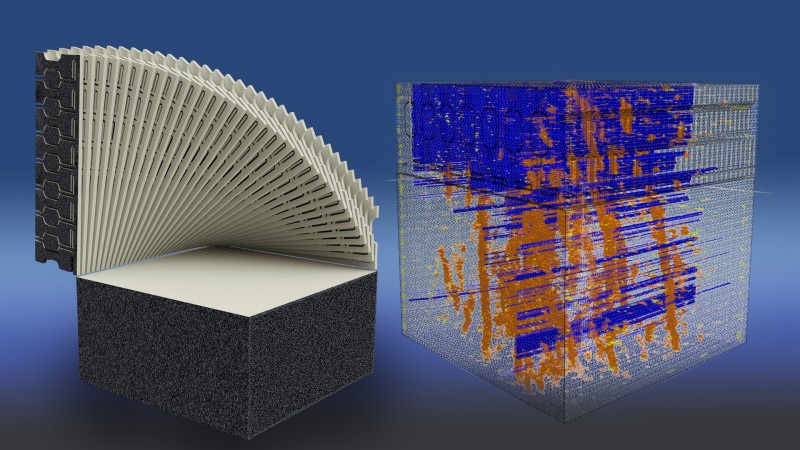
Market and Industry Relevance
Market Potential
The 3D concrete printing (3DCP) market is growing rapidly. To illustrate, the consumer products segment of AM alone generated $2.6 billion in 2023, with projections to grow to $28 billion by 2033 at a 26.8% compound annual growth rate (CAGR). The introduction of this crack-resistant material could further accelerate market growth by offering new, enhanced solutions for construction challenges.
Case Studies in the Industry
Several case studies illustrate the transformative impact of this technology. One notable example is the manufacturing of metal parts aboard the International Space Station (ISS), demonstrating that the principles of robotic manufacturing and innovative material science are not restricted to terrestrial applications.
Future Directions
Continued Research
Future research will likely focus on refining these techniques and exploring other natural inspirations for material design. The ultimate goal is to continually improve the performance of 3DCP components and other construction materials, making structures safer and more resilient against environmental stressors.
Industry Collaboration
The collaboration between academic researchers and industry professionals will be crucial in translating these advancements from lab-scale prototypes to real-world applications. Partnerships with construction companies and material manufacturers will help bring this innovative technology into mainstream construction projects.
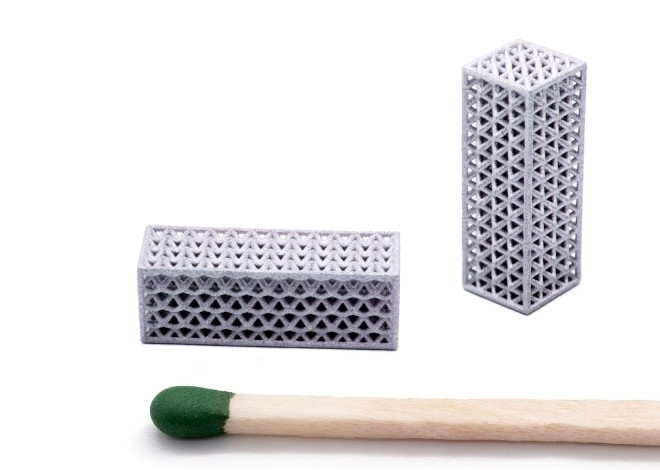
Conclusion
The research from Princeton University marks a significant advancement in the field of material science and construction. By drawing inspiration from nature and leveraging the precision of robotic additive manufacturing, researchers have developed a method to significantly improve crack resistance in 3DCP components. As the industry continues to evolve, such innovations will play a pivotal role in shaping the future of construction, making buildings safer, more durable, and environmentally resilient.
Have these insights into improving crack resistance in 3DCP components sparked your curiosity about the potential of additive manufacturing in construction? The fusion of biology-inspired design and cutting-edge technology exemplifies how interdisciplinary approaches can solve complex problems, opening new frontiers for innovation in the industry.
Buy Photon Mono M5 Get Free 1KG Resin






